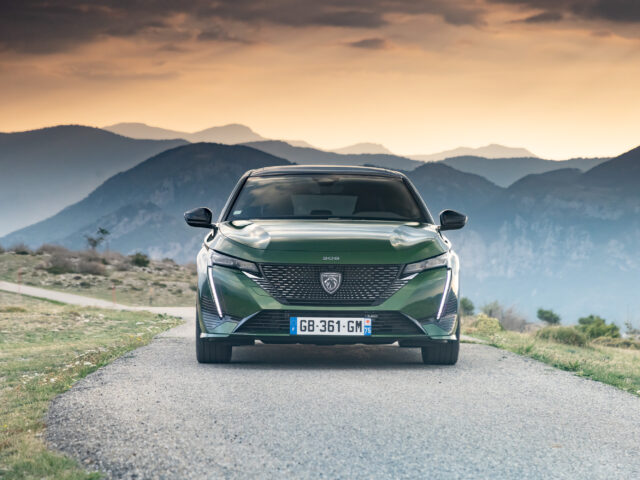E-bikes are popular among the elderly, and the number of Belgians buying them is rising. Still, you better use a helmet when you get on your e-bike. According to a recent study from Zurich, the injuries you can suffer in a fall or accident are even more comparable to those of motorcyclists rather than conventional cyclists.
For their study, specialist doctors at the University Hospital of Zurich (USZ) relied on data from 1 068 patients treated by the USZ between 2009 and 2018. The average age of e-bikers was 55 years, cyclists 42,5 years, and motorcyclists 40 years.
Traumatic brain injury
And what did it turn out? The type of serious head injuries suffered by people involved in accidents involving e-bikes is more like that of motorcyclists than non-motorized cyclists. Due to the high proportion of elderly people among electric cyclists, the consequences of head injury were also often even more severe in this category.
Although 70% of e-bike riders were wearing a helmet at the time of the accident, they were more likely to show symptoms of traumatic brain injury compared to regular cyclists, even though only a third of them were wearing helmets.
Another finding is that e-cyclists who do not wear helmets are six times more at risk of a cerebral hemorrhage in an accident than those who do wear helmets. The risk of subdural hematoma, bleeding between two meninges, is even 13 times (sic) higher.
A helmet is a key issue
Several studies have shown that in accidents involving cyclists, the head is the most frequently injured body part. Between 2016 and 2020, four in 10 hospitalized cyclists in Belgium were diagnosed with a head injury, with one in two cases involving a skull injury.
In The Netherlands, widespread helmet use would lead to an annual reduction of 85 deaths and 2 500 to 2 600 serious road injuries. In skiing, too, wearing a helmet leads to far fewer head injuries in accidents.
Traffic institute Vias called for a mandatory helmet law for cycling children under 14 in 2019. Older people with slower reaction times and less control over e-bikes, like motorcyclists, benefit from head protection or a practical course anyway.
The Cyclists’ Union believes that helmets are an individual protection measure that in no way addresses the cause of traffic unsafety. By refusing to insist on legislation obliging helmet wearers, the Union displays cowardice toward implementing a measure that should have been mandatory for a long time.
In most EU countries, there is no mandatory helmet law for e-bikers, although the rule usually does not apply to speed-pedelec riders. Proponents often point to countries like Australia, where helmet laws have been in place for all cyclists since the early 1990s. Research from institutions such as the Australian Transport Safety Bureau suggests that helmets have largely contributed to a reduction in head injuries among cyclists.




Comments
Ready to join the conversation?
You must be an active subscriber to leave a comment.
Subscribe Today